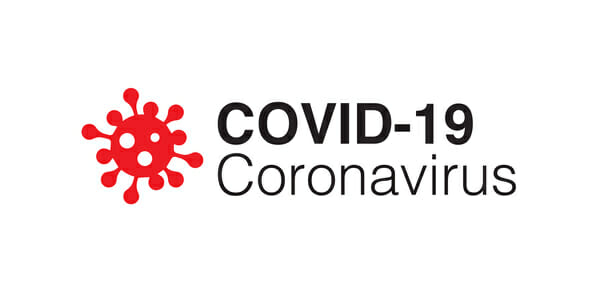
The Truth About Lifeline & “Obama Phones”
- Myth # 1 – Lifeline & “Obama Phones” are free phones paid for by the government via taxpayers
Truth: Telecommunications companies provide funds for the Lifeline program via required FCC Universal Service Fees which are sometimes passed on to consumers via their phone bill. It is usually a small amount of money and not all telecommunications companies pass this fee on to their customers. The lifeline program does not actually reimburse telecommunications companies for the cost of the phone. This up-front cost is funded entirely by the telecommunications company and slowly recovered over the lifetime of the customer. If service is disconnected early or a phone is lost, that cost is incurred entirely by the lifeline service provider. - Myth #2 – Lifeline & “Obama Phones” is a program created by President Obama
Truth: The Lifeline program was launched by President Reagan in 1984 and intended for landlines before cell phones were widely available to the public. In 2005, the program was amended by the Bush administration to allow for wireless plans. Then, in 2008, President Bush amended the program to allow households to decide between receiving the discount on wireless or landline service. President Obama has had virtually nothing to with the Lifeline program with the exception of one coincidence. The first wireless lifeline phones were distributed in 2008, the same year President Obama took office. However, those first phones were distributed 3 months prior to him taking office. Sources of the term “Obama Phone” originate from emails that went viral in 2009 incorrectly associating the lifeline program with President Obama. Misinformed consumers and clever marketing carry the term forward. - Myth # 3 – Lifeline & Obama Phones are just more handouts for welfare recipients
Truth: Welfare is not a requirement for eligibility in the Lifeline program. It is true that welfare recipients do qualify for Lifeline service, but many other programs and criteria make someone eligible for the service. Examples include: SSI, TANF, Medicaid, Section 8 Housing, LIHEAP, and more. It is important to note that this program is not funded by tax dollars and a government agency does not distribute the phones or set up service. - Myth 4 – Lifeline is filled with waste & fraud
Truth: FCC, OIG, NLAD, USAC, and state agencies all help regulate the program with very strict guidelines, rules, and technology that eliminate fraud and waste. Although it is nearly impossible to eliminate all fraud, there is very few documented cases of fraud as it compares to the entire lifeline program and certainly nowhere near as much as some may want you to believe.
At the end of the day, this program does what it is intended to do. It provides low income consumers with the ability to reach essential medical services, secure job interviews, call emergency services, government agencies, and keep in touch with family and friends. I would be very difficult to secure a job or remain healthy and safe without essential telecommunications services today.

